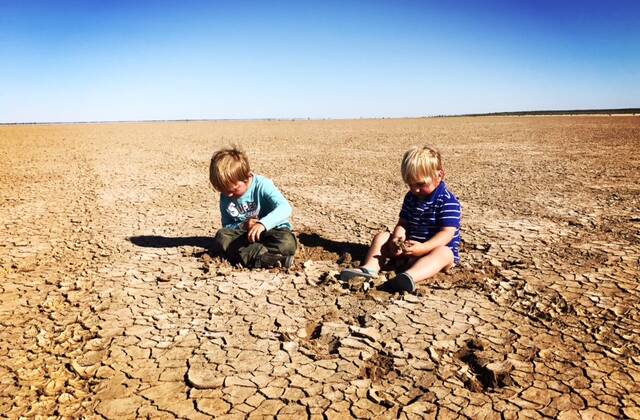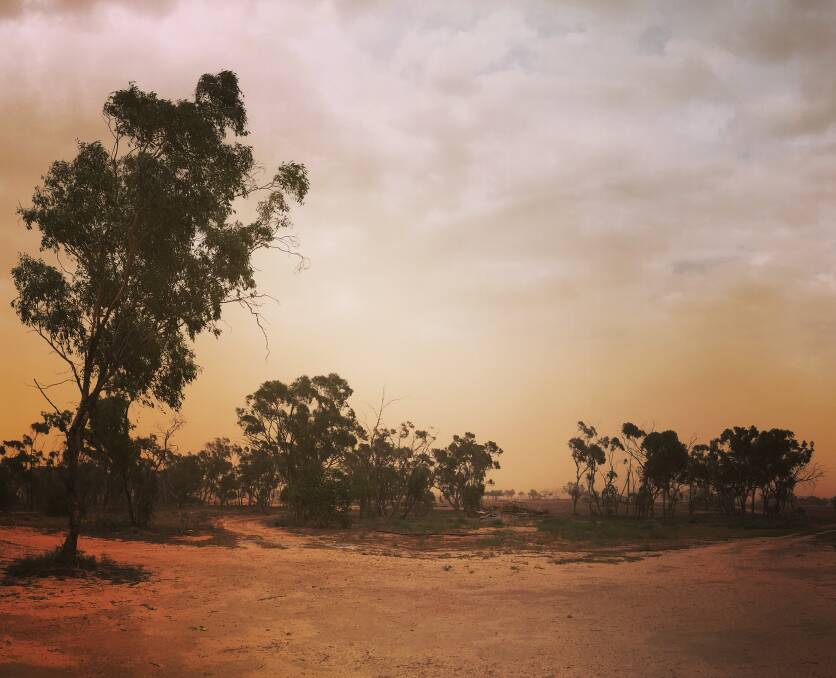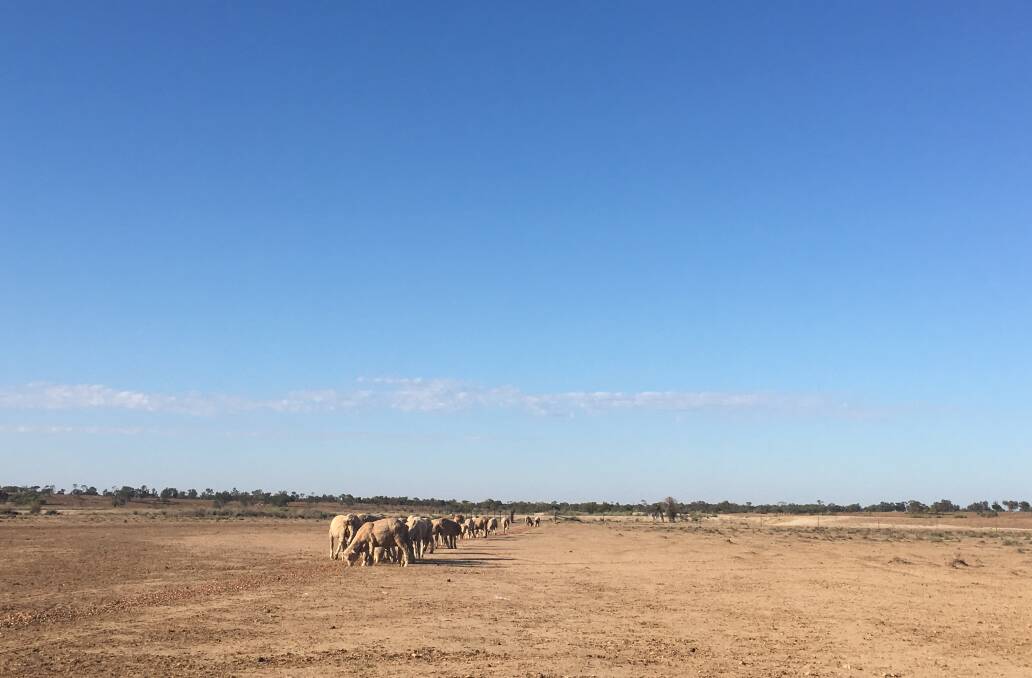
It is no small thing to face the fact drought has gripped your land.
Subscribe now for unlimited access to all our agricultural news
across the nation
or signup to continue reading
For many NSW producers right now it is particularly surreal, considering patchy Summer rain seems to have blessed some regions, but not others, even picking out individual properties for relief during a widespread dry run.
And it’s not just the outback that’s struggling. Several farmers around major regional centres, including Dubbo, Tamworth, and Maitland, are facing tough decisions
In the Hunter Valley things are particularly dire. Dams are drying up and cattle are hungry with lack of rain leaving many farmers struggling as they battle the worst drought in over two decades. Much of the area has yielded single-figure millimeter readings for 2018 so far. This, on top of an extremely dry Winter and Spring last year, is hurting them, and others across the state.
It has been patchy at best in the Central West, according to Shane Kilby, “Nethervy”, Eumungerie. Sporadic, gentle rain has given some producers a bit of hope they can hang on to their cattle.
Some people are preparing for things to get worse if they don’t get rain. Other people are okay now, but they’ll have decisions to make about their livestock in the next few weeks.
- Shane Kilby, beef producer, Eumungerie
“Some have fared better than others,” said Mrs Kilby, a beef producer. “There’s been a bit of rain out here that has done a lot of good for the grass. But it is sporadic. Dubbo had about 28mm in January. We’ve had about 50mm at Eumungerie. Some of our neighbors got about 80mm. It’s a matter of whether you got under it or not”
She said a number of people on the northern side of Dubbo had copped the dry weather pretty bad for the better part of a year now.
“It didn’t rain from April to October. One of the biggest problems is runoff.”

She said for many it was ‘watch and wait’ at the moment.
“Some people are preparing for things to get worse if they don’t get rain. Other people are okay now, but they’ll have decisions to make about their livestock in the next few weeks. Everyone is taking a look at their paddocks and deciding whether they sell or not.”
Related:
Kevin Tongue, south east of Tamworth at “Glenwood” Loomberah said the condition of local stubble country was ‘heart-wrenching’.
“People are getting concerned mate,” he said. “Further west it’s pretty ordinary too, at Moree and Narrrabri. The time-frame for getting our winter feed in is getting closer. It’s too dry to spray anything to get our country ready for a winter crop.”
Spoiler alert: It’s a bit dry out bush
It’s usually a safe bet to assume things are a bit dry out in the far west. That’s certainly the case for Bessie and Shannan Thomas right now.
The pair have been hand feeding sheep since May last year on "Burragan", 100km east of Wilcannia.
The total rainfall for 2017 was 196mm – about 100mm below average
"It was a tough year," Bessie Thomas said. "This year we've had 2.5mm, which is nothing. We are still waiting for the big break, we are desperately waiting for it to happen this month."
They started feeding cattle late last year and have now sent them away for agistment.
"If it rains we can bring them home. The last 12 to 24 months have been terrible. We never get an average year, we get a great year or bad year.”

Call for drought assistance overhaul
After a tour of Queensland, Shooters, Fishers, and Farmers Upper Hunter candidate John Preston says NSW should adopt the northern state’s drought assistance model.
“I was surprised how flexible and adaptive (the Queensland system) was to providing assistance with fodder, transport, rates, taxes, water, charges and child care,” he said. “If it’s good enough for Queensland, it is surely good enough for NSW.”
Primary Industries Minister Niall Blair said he was committed to working closely with farmers through dry conditions. He pointed to government’s $300 million drought preparedness package.
“Queensland’s model of drought assistance differs from the other seven states and territories in that it reflects a long-running and continuing set of very challenging conditions,” Mr Blair said.
“The NSW (package) aligns to the intergovernmental agreement signed in 2013 and the drought preparedness and management strategies adopted at that time by all other states and territories.”

